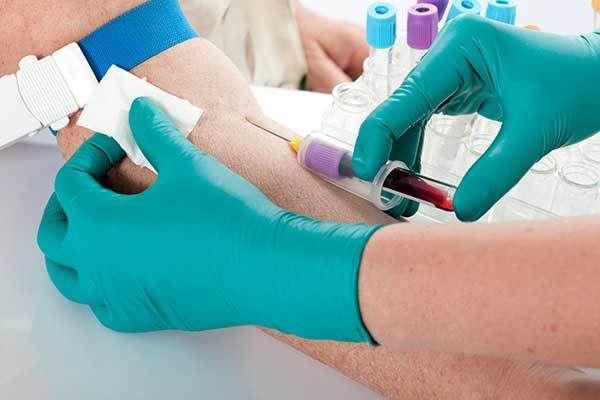Blood testing is a key part of understanding health. It helps find issues that might not be clear through symptoms alone. In many ways, blood tests act like a map, revealing paths to better health. Just as x-ray bozeman provides a window into bones, blood tests provide a glimpse into the body’s workings. Through simple steps, these tests help catch problems early, guide treatment, and track progress.
The Importance of Blood Testing
Blood tests are vital for several reasons:
- They detect diseases and conditions early.
- They monitor the effectiveness of treatments.
- They assess the function of organs and systems.
These tests can identify conditions like diabetes, high cholesterol, and anemia. By offering a snapshot of health, they help doctors make informed decisions.
Steps in the Blood Testing Process
Blood testing follows a simple process:
- Preparation: No special steps are needed for most blood tests. However, some tests might require fasting or avoiding certain medications. Always follow the doctor’s instructions.
- Collection: A healthcare professional collects a small blood sample, often from the arm. This step is quick and usually involves little pain.
- Analysis: The sample goes to the lab. Here, experts analyze it for various factors, depending on what the doctor needs to know.
- Results: Once analysis is done, results are shared with the doctor. This step can take a few days, depending on the tests conducted.
These steps ensure that the process is efficient and accurate.

Common Blood Tests and What They Measure
| Test Name | What It Measures |
| Complete Blood Count (CBC) | Levels of different blood cells, such as red and white cells |
| Basic Metabolic Panel (BMP) | Electrolytes, glucose, and kidney function |
| Lipid Panel | Cholesterol levels, including LDL and HDL |
| Thyroid Panel | Thyroid hormone levels |
These tests provide valuable insights into different health aspects.
Interpreting Blood Test Results
Understanding results requires professional help. Doctors consider lab results alongside other factors, such as medical history and symptoms. Blood test results usually come with reference ranges. These ranges show normal levels for different components. Anything outside these ranges could signal a potential issue. However, not all variations indicate a problem. Doctors determine the significance based on each unique situation.
Advances in Blood Testing
Technology continues to improve blood testing. New methods are faster and more accurate. Innovations include:
- Better sample preservation techniques.
- Automated analysis systems.
- Smaller sample volume requirements.
These advancements mean quicker results and more precise information. For ongoing updates on blood testing innovations, refer to the U.S. Food and Drug Administration.
Blood tests are an essential tool in modern medicine. They provide critical information that helps maintain health. Understanding the process and results empowers individuals to take an active role in their well-being. As technology evolves, blood testing will continue to play a crucial role in the future of healthcare.







